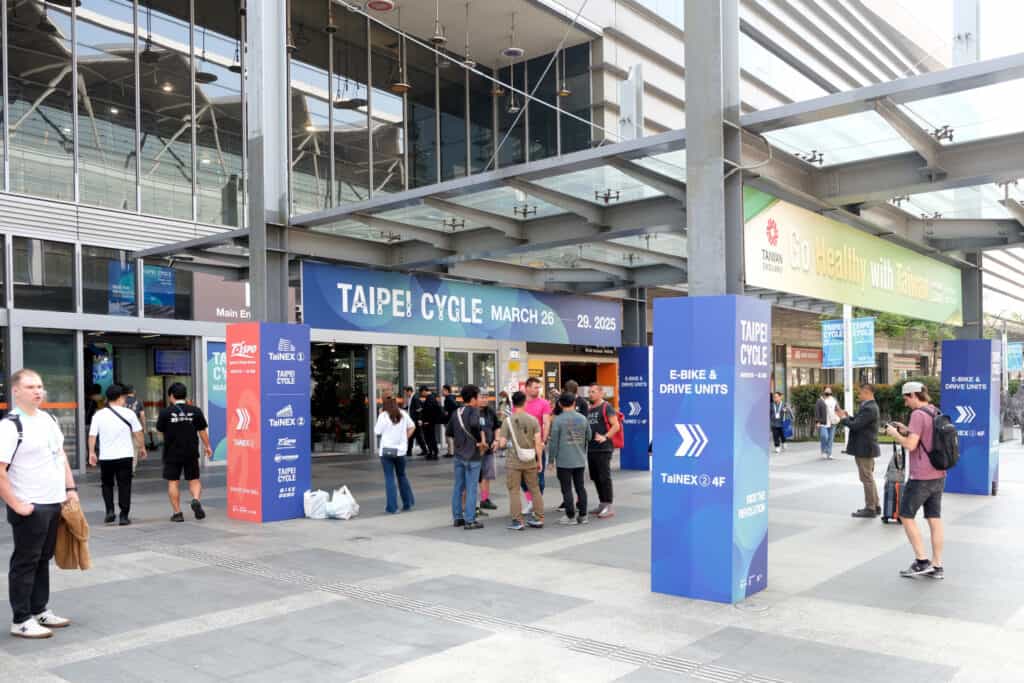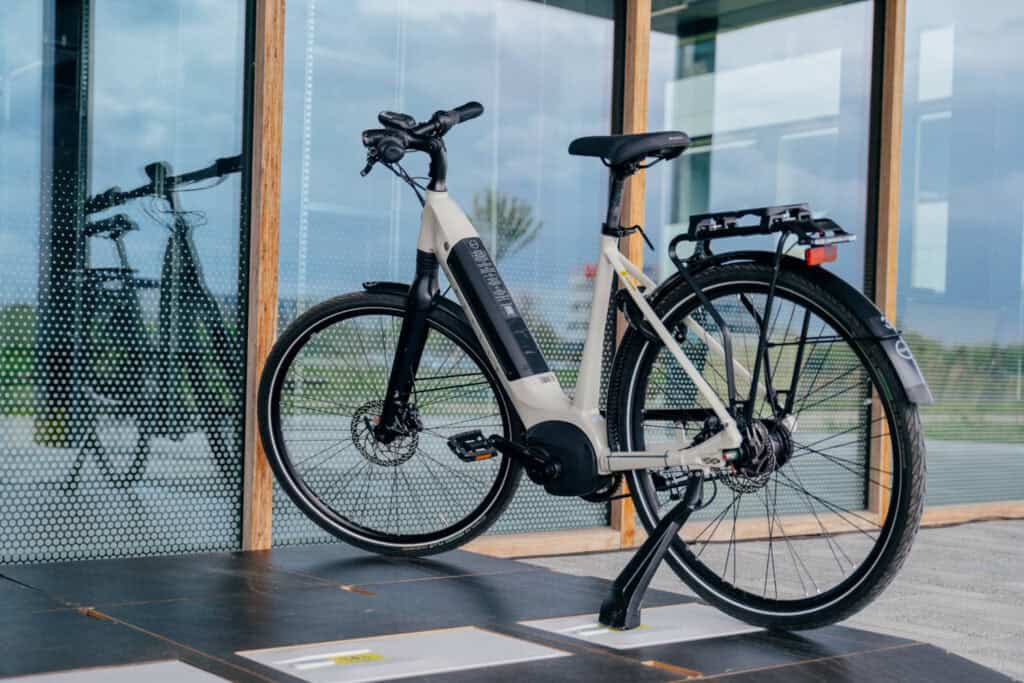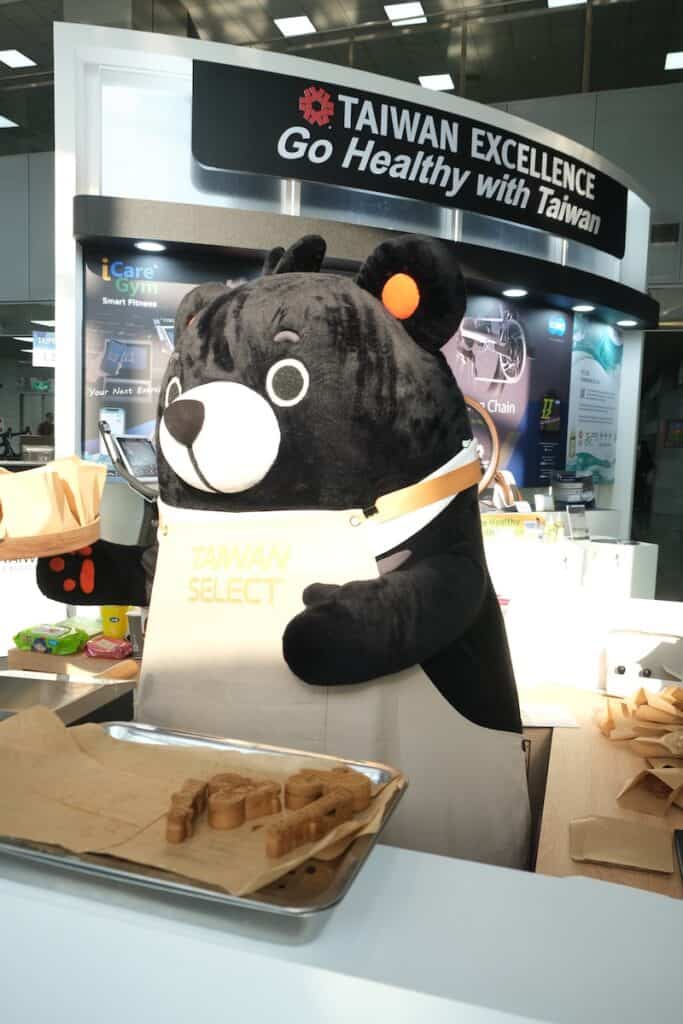Taipei puts on a brave face despite industry uncertainty
If flat is the new up, Taipei Cycle’s 2025 edition can be considered a success. While the number of exhibitors may have seen a slight growth year-on-year, attendance did not follow suit. This is yet another indicator for the challenging conditions the bicycle industry has been facing for the last 2.5 years globally and in Taiwan in particular.

While the official count of trade visitors and consumers making it to this year’s Taipei Cycle had yet to be released by the organisers at the time of writing, most people we talked to during the show said they did not feel attendance to be up on last year – and thus below the numbers of 2023 as the first post-pandemic edition and 2019 as the last pre-pandemic show. While the number of trade visitors from Northern America was likely slightly up, many European companies had reduced their delegations significantly to cut costs or decided not to make the trip to Taiwan at all. Some may also have opted to attend Düsseldorf’s Cyclingworld or Sea Otter in Monterey instead, focusing on consumer shows to accelerate sales.

Due to high inventory levels new models are still postponed and production is scaled-down. Manufacturers involved in the OE market are feeling the pinch as new orders only trickle in and are far below those levels that had been deemed normal before the pandemic. Taiwan’s dismal export numbers for 2024 and the fact that Merida Industries was forced to write-down US$ 105 million on the value of its 35 percent share in the brand Specialized are very telling in this regard. Taiwan is not alone as the squeeze in liquidity is being felt across the globe: the growing list of large brands opting not to exhibit at this year’s Eurobike show is a telling sign in this regard.
As if the situation was not challenging enough, the threat of US tariffs to be announced April 2 is threatening to further complicate things for the bicycle industry. Unsurprisingly this topic came up often on the show floor as did the stricter regulations for e-bike batteries in the United States. The latter may be to Taiwan’s advantage as it may take back some business from China. And last but not least the self-declared bicycle kingdom is facing increasing competition when companies choose where to set up factories and find production partners. As margins have eroded and prices are corrected to pre-pandemic levels, both China and India are looking to cash in and take away business from Taiwanese companies.

Mirroring Taipei Cycle’s four core themes – innovation, smart cycling, sustainability and the cycling ecosystem – there was no lack of fresh ideas on how to improve the experience of consumers, reduce the eco footprint of the bicycle industry and expand the scope of the show to utility and mobility aspects. Guided tours highlighted green products, from tyres made of recycled rubber or alternative materials to saddles designed to meet circular economy goals and Giant’s balance bike built in large part from recycled carbon fibre materials. And while demand for fresh products remains low due to high inventory levels, digital services linked to products are in high demand.
Apart from the proven Design & Innovation Award competition, Taiwan’s External Trade Commission TAITRA and the Taiwan Bicycle Association TBA introduced a number of high-profile panel discussions as a new element to the show, bringing together many of the industry leaders that attended the event. This is indicative of an effort to strengthen collaboration within the bicycle industry, which is not a bad idea given current challenges facing the business. As the recent past has painfully shown, more collaboration and reliable data are needed to improve forecasts and prevent a repeat of the overstock glut that has plagued the industry over the last couple of years.


